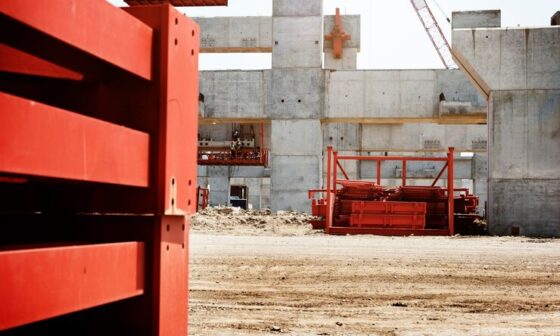
Radiant hot water heating is an innovative and energy-efficient way to keep your home warm. Unlike traditional heating systems that rely on forced air, radiant heating uses hot water circulating through pipes or electric coils beneath the floor.
The type of flooring you choose plays a crucial role in maximizing the efficiency of radiant heating. Let’s explore the best flooring options that complement this heating system.
Benefits of Radiant Hot Water Heating
Radiant hot water heating offers several advantages that make it a popular choice for heating residential and commercial spaces. Here are some key benefits:
-
Efficient Heat Distribution
Radiant heating systems distribute heat evenly across the floor, providing consistent warmth throughout the room. This eliminates the cold spots often experienced with traditional heating methods, creating a more comfortable living or working environment.
-
Energy Efficiency
Radiant systems are generally more energy-efficient than traditional forced-air systems. They operate at lower temperatures, reducing heat loss and energy consumption. This can lead to cost savings on energy bills over time.
-
Improved Indoor Air Quality
Unlike forced-air systems that can circulate dust and allergens, radiant heating does not rely on air movement. This can contribute to better indoor air quality, particularly for individuals with allergies or respiratory issues.
-
Silent Operation
Radiant heating systems operate silently, without the noise associated with traditional heating methods such as fans or blowers. This creates a quieter and more peaceful living or working environment.
-
Versatility in Flooring Options
Radiant systems are compatible with a variety of flooring materials, including tile, wood, carpet, and laminate. This flexibility allows homeowners and designers to choose the flooring that best suits their preferences and aesthetic goals.
-
Long Lifespan
Well-maintained radiant heating systems can have a longer lifespan compared to some traditional heating systems. This longevity can result in fewer replacements or major repairs, providing a cost-effective heating solution over the long term.
-
Comfort and Thermal Comfort
Radiant heating provides a unique thermal comfort, as it warms objects and surfaces in a room, including furniture and occupants. This creates a more comfortable environment without the sensation of cold drafts.
-
Integration with Renewable Energy Sources
Radiant systems can be integrated with renewable energy sources such as solar thermal systems, enhancing their environmental sustainability and reducing dependence on fossil fuels.
-
Aesthetic Advantages
The absence of visible radiators or heating vents allows for greater flexibility in interior design, as there are no obstacles to the placement of furniture or limitations on wall space.
Factors to Consider When Choosing the Best Flooring for radiant hot water heating
-
Conductivity
Effective heat transfer relies on the flooring’s conductivity. Materials with high thermal conductivity, such as tile and hardwood, allow heat to move efficiently through the floor, maximizing the system’s performance.
-
Durability
Considering the long-term impact of radiant heating, durability is a crucial factor. The flooring should withstand temperature changes and potential moisture exposure without warping or damage.
-
Water Resistance
Given the nature of radiant heating, it’s essential to choose water-resistant flooring. This helps prevent damage from potential leaks or spills, ensuring the longevity of both the flooring and the heating system.
-
Comfort
Comfort underfoot is a significant consideration. While some may prefer the warmth of tile, others might opt for the softer feel of carpet. Striking a balance between comfort and conductivity is key.
Best Flooring Options for Radiant Hot Water Heating
1. Tile Flooring
Ceramic or Porcelain Tiles: These materials have excellent thermal conductivity and can efficiently transfer heat from the radiant system to the room. They also retain heat well, making them a popular choice.
2. Stone Flooring
Granite: Granite is another stone option that works well with radiant heating. It is durable and has good thermal conductivity.
3. Engineered Wood Flooring
Engineered Hardwood: Unlike solid hardwood, engineered wood is more stable and less prone to warping due to changes in temperature and humidity. It is a good option for radiant heating systems.
4. Luxury Vinyl Flooring
Luxury Vinyl Planks (LVP): Vinyl flooring is a good conductor of heat and provides a comfortable surface. Luxury vinyl planks are particularly popular for their durability and water resistance.
5. Laminate Flooring
High-Quality Laminate: Laminate flooring with an appropriate underlayment can work well with radiant heating. However, it’s important to choose a high-quality laminate that can handle temperature variations.
6. Carpet Flooring
Low-Pile or Berber Carpet: While carpeting generally has lower thermal conductivity, low-pile or Berber carpets can work with radiant heating systems. It’s essential to choose a carpet with a low thermal resistance rating.


